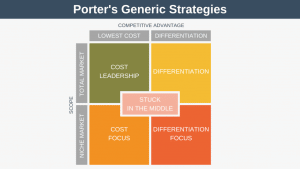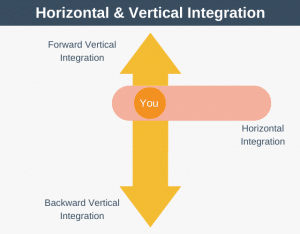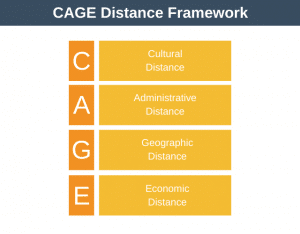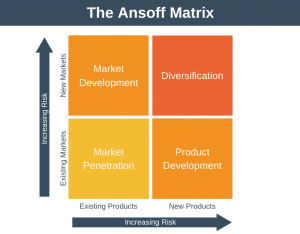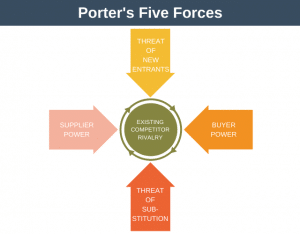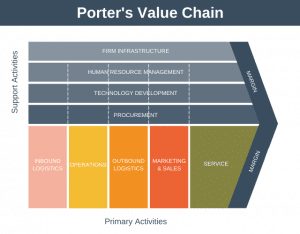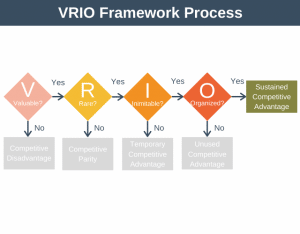Mergers and Acquisitions (M&A) are often born out of a grand ambition to capitalize on synergies and create shareholder value. As the global economy undergoes an economic recovery, mergers and acquisitions are likely to rise as executives look for quick solutions to boost shareholder equity.
Despite these lofty ambitions, research by KPMG found that 83% of mergers and acquisitions fail to increase shareholder value, and in excess of 50% actually destroy shareholder value.
One of the principle reasons for this failure is because the organizational leaders fail to successfully integrate two disparate cultures. This is probably because M&A activities tend of focus on hard activities such as the integation of systems and its planning, due dilligence, and business fit evaluation, and fail to place enough emphasis on the soft activities.
Given all the time and money invested, how can lack of emphasis on the soft things lead to failure? This can easily be explained by analogy of – when two single parents decide to move in together. Just because the parents get on great it does not mean the kids are going to do so also. In essence the kids are confronted with change, and often change creates resistance (see the change curve). This resistance inevitably happens when the stronger party tries to force its culture on the weaker.

Image by si.vi.ne
Let’s examine some of the key soft areas to pay attention in mergers and acquisitions:
1. Communication
During any merger there will be a number of different stakeholders with whom you need to communication, including your shareholders and customers, but in this section I want to focus exclusively on communicating to your employees.
Ultimately, employees will decide whether the initiative is a success or failure, so they should be engaged throughout the process. If employees are dissatisfied, disoriented, and living in fear of layoffs, then company integration is unlikely to be successful, and may even result in unhappy customers if not addressed quickly.
Comprehensive employee engagement will also increase the chances of retaining your top talent, again increasing the odds of success. Human due diligence is just as important as technical and financial due diligence.
2. Cultural Issues
If you are trying to merge two different corporate cultures then care needs to be taken. As stated previously, this should not simply be a case of the bigger company forcing its culture on the smaller company, for example, If the smaller company has a can-do, cavalier culture, and the larger company is more tightly bound to process, then by forcing the larger company culture on the smaller you may destroy what made the smaller company great.
Each merger will have its own unique set of cultural issues. By paying special attention to this and by use of careful employee communication as described in point 1, you should be laying the foundations to make the merger a success.
3. Management Team Selection
It may seem obvious to build your management team around what the future shape of the organization will be following the execution of the hard integration plan. However, consideration should be given to soft aspects when choosing the management team too. The integration will move considerably more smoothly if there are senior leaders capable of leading the hearts and minds of employees through the transition.
Summary
As mentioned at the top, a KPMG study has shown that over 50% of mergers and acquisitions actually destroy shareholder value. Companies naturally graitate towards the ‘hard’ aspects of these mergers, but should be encouraged to pay special attention to the ‘soft’ aspects. Obviously the best way to run any M&A initiative is through a program and program manager, structuring the governance so that different individuals are ultimately responsible for hard and soft activities. The program manager will not be the person who thought of the initiative, or signed it off, but they are ideally placed to lead its execution as they specialize in leading large-scale cross-functional change.

